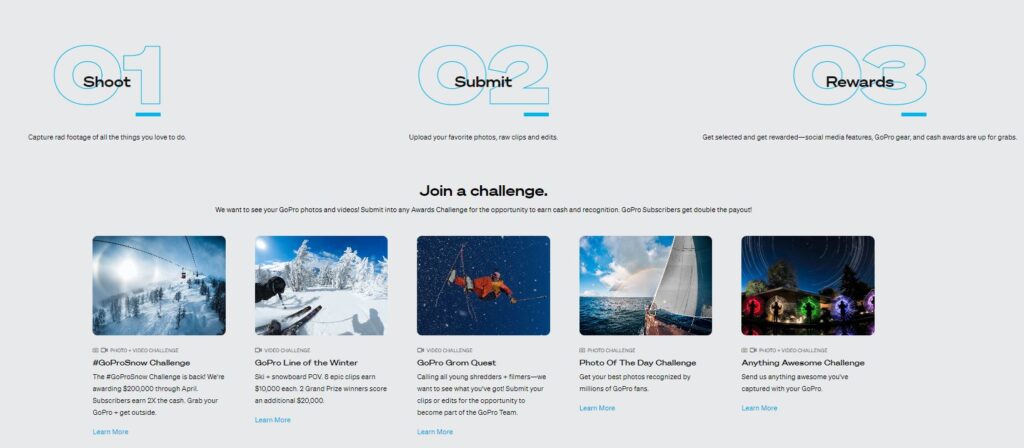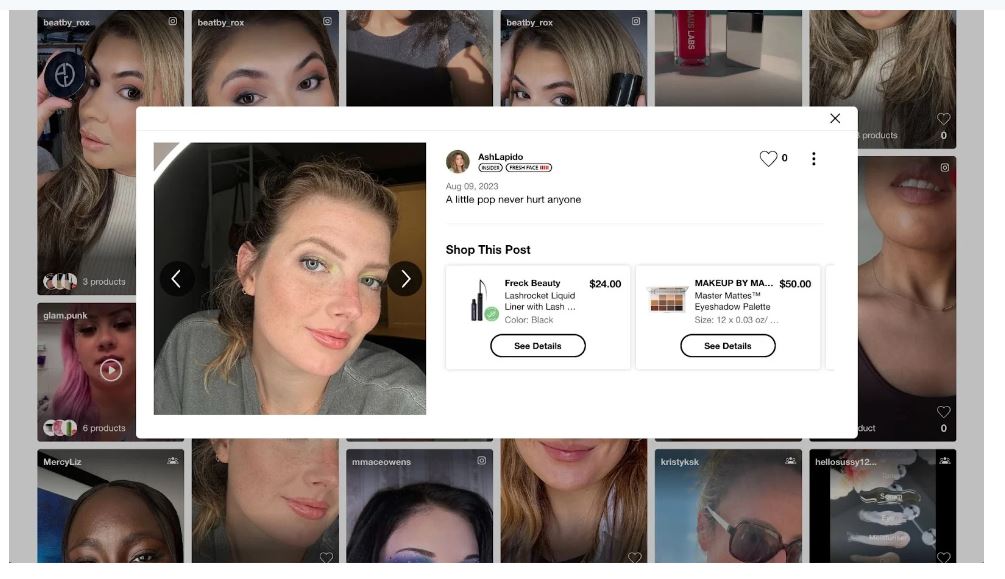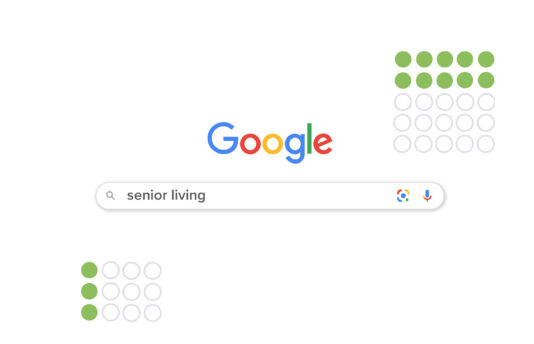Consumers don’t just want to be passive recipients of marketing messages. They crave authenticity, engagement and a sense of belonging.
This is where user-generated content (UGC) comes into play. UGC refers to any content—text, images, videos, reviews and more—created by your customers rather than by your brand. When leveraged effectively, UGC is a powerful tool for building a loyal community around your brand. Here’s the skinny:
-
It’s Authentic. UGC works wonders due to its authenticity. Potential customers trust content from real users more than polished brand marketing materials. Authenticity boosts credibility, driving engagement and purchases.
In today’s hyperconnected world, consumers are highly skeptical. Traditional advertising can feel insincere, raising doubts about credibility. This is where UGC stands out—it’s genuine, created by real people, not marketers. It reflects unfiltered opinions and experiences, vital in trust-centric industries like healthcare, finance and education.
It’s Engaging. UGC fosters active engagement with your audience. When customers create content related to your brand, they’re emotionally invested. This means they’re more likely to comment, share and discuss, creating buzz around your products or services.
It’s Cost-Effective. Producing top-notch content often requires significant resources and time. UGC offers a cost-effective solution. By leveraging your customers as content creators, you save both time and money. Additionally, you can repurpose this content for various marketing campaigns, maximizing its lifespan and enhancing the return on your investment.
It’s Diverse. UGC provides varied perspectives and experiences. With customers hailing from diverse backgrounds, their content resonates with a wider audience. This inclusivity fosters a diverse and loyal community, adding significant value to your brand.
Now that you understand the power of UGC, let’s explore how using the strength of your brand’s community is a great way to feed content-hungry social media platforms.
1. Did Someone Say Prize?
Nothing sparks creativity quite like an incentive, and a social media contest provides the ideal platform to offer it. Whether it’s a tangible prize, such as a free product or service, or simply the opportunity to be featured as a brand ambassador on your blog, fans eagerly participate. After all, who doesn’t enjoy a bit of self-promotion?
GoPro knows how it’s done. They generate UGC through their GoPro awards program, which involves several content challenges that reward contestants with gear, exposure and cash. The largest cash incentive challenge is the GoPro Million Dollar Challenge, which co-launches alongside GoPro’s latest camera launch every year and is meant to encourage both the purchase of the newest GoPro and the creation of quality content.
The 2023 Million Dollar Challenge was open to people using HERO11 Black and HERO11 Black Mini cameras. This year’s Million Dollar Challenge generated a record 42,446 total video clip submissions, representing a 66% increase in submissions year-over-year. Ultimately, 55 creators representing 21 countries made the cut, receiving $18,181.81 each for their submissions, and their footage was featured in this three-minute, customer-stoke video.
By involving their customers in content creation, GoPro not only generated a vast amount of UGC but also strengthened brand loyalty and positioned their products as the go-to choice for capturing adrenaline-pumping moments.

You don’t need to have a huge budget and million-dollar prize to execute a successful contest campaign. You do need to create an engaging experience. Here are some guidelines to follow when considering a contest or campaign to build awareness and gather UGC:
Choose a prize wisely. Opt for something readily available to give away to the winner to avoid last-minute scrambling. Consider creating a prize pack, offering a free month’s subscription or a gift card or providing the opportunity to be showcased on your blog or social media platforms. The possibilities are limitless; however, your budget may not be so creative.
In planning a successful social media contest, it’s essential to establish clear goals and ground rules. Determine how participants will enter, whether through direct submissions to your social media page, via email or by tagging your brand with a specific hashtag on their own posts. Whichever method you choose, keep participation rules concise and straightforward. Define the type of content you wish to collect, such as photos, videos or written testimonials, and specify any additional information you require.
To capture attention and boost participation in your contest, it’s vital to create captivating content that sets you apart. Rather than just adding text to a photo, think about crafting a custom graphic or a brief video that reflects your brand and effectively conveys the contest information. This visually appealing approach ensures your message resonates with viewers as they scroll through their feeds. Keep the rules clear and straightforward, ensuring everyone understands how to enter and what’s at stake.
Now that you’ve completed the necessary steps, it’s time to launch your promotion. Choose the platforms where you’ll run your contest and be sure to familiarize yourself with any specific contest rules or guidelines for each platform. Once everything is set up, sit back and prepare to see the waves of user-generated content roll in. Get ready to engage with your audience and enjoy the excitement of your promotion!
Once you’ve gathered UGC (as well as first-party data) from submissions, leverage it to personalize future marketing campaigns, enhance audience engagement and gain valuable insights into customer preferences and behaviors.
2. Develop Online Communities for Passionate Customers.
Sephora’s Beauty Insider Community serves as a hub for beauty enthusiasts, offering a platform to exchange advice, inspiration and product recommendations in real time. Alongside text threads and interactive groups, the Community Gallery showcases UGC from authentic customers, presented in a visually appealing and engaging format.

Sephora sources this content from social media and direct uploads, and UGC is made shoppable so site visitors can easily explore products featured in pictures from community members.
The gallery automatically updates as new UGC is approved, demonstrating Sephora’s dedication to its customers while driving conversion and product discovery.
And the best part for you is that you’ll get more than just their content. An online community will help increase your brand exposure, web traffic and reach, as well.
3. There’s a Hashtag for That!
Is there any real value in attaching a hashtag to your social posts?
As brands continue to understand and leverage social media marketing hashtags, it’s fair to ask the questions:
- Do hashtags really matter?
- Do they deliver any value to your brand?
- Do hashtags do anything at all, and if yes, how much impact do they really have?
The answer is yes! Social media hashtags are still a relevant tool to be added to your marketing strategy.
Apple’s #ShotoniPhone campaign has been around for almost 10 years, since before UGC was on the tip of every social media marketer’s tongue. The genius of this UGC marketing campaign is that Apple simultaneously launched a hashtag and ran a national advertising campaign using it, all to counteract users’ disappointment with their past camera tech. Running paid ads that were indeed shot on iPhone showed the world what their updated smartphone cameras could do, and creating a branded hashtag encouraged consumers to feel like that breathtaking quality and creativity was within reach—as long as they had an iPhone of their own. This use of UGC works to transform common iPhone users into unofficial brand ambassadors.
Presently, #ShotOniPhone has amassed nearly 30 million posts on Instagram alone, making it one of the most effective UGC initiatives to date. This campaign started an online trend that is still relevant and revived every year.

OK, your brand isn’t Apple—could this tactic still work for you? Absolutely!
Some tips for getting started:
Know your audience and platform. While it’s encouraged to promote your brand across a variety of platforms, keep in mind that someone on Facebook or LinkedIn might not be searching a hashtag the way someone on X (formerly Twitter) or Instagram might be. And if someone isn’t searching for it, they’re probably not likely to implement it in their own posts. Save more professional hashtags for LinkedIn and consider having a little more fun on X or Instagram.
Do your research. Before settling on a hashtag, see what competitors are doing and make sure your hashtag is appropriate for the landscape while maintaining originality. Find what people are searching for. Play on trending topics. Keep it short and sweet.
Engage with your audience. Encourage users to add your hashtag to their posts, and when they do, interact with them. Fans are seeking a payoff as much as you are.
4. Have a Storefront? Use It.
Storefronts can be tremendously helpful in getting customers to engage with your brand. If your brand hosts an in-store event, you’re sure to find photos of it online, either through brand geotags, location geotags or hashtags. But beyond that, you can create opportunities where you might not know they exist.
Work with influencers. If your goal is to get people in your store, influencers are a great way to do it. When you consider that 91% of millennial consumers trust online reviews as much as recommendations from their friends and family, you have a massive opportunity to build authenticity and trust for your brand. Work with influencers to create in-store content to drive users down the purchase funnel.
Use the tools at your disposal. Are you a retailer with a dressing room? Post signs or write on your mirror about a discount for uploading a photo to social media and tagging you. Do you run a bar or restaurant? Use check inserts to offer a free drink or appetizer for snapping a photo of your meal.
No matter your industry, authenticity is key when it comes to leveraging UGC. By tapping into the genuine experiences and interactions of your customers, you’ll cultivate a powerful arsenal of content that resonates with authenticity. Implementing these strategies not only amplifies your brand’s reach and engagement but also fosters genuine connections with your audience, leading to long-lasting loyalty and trust.











